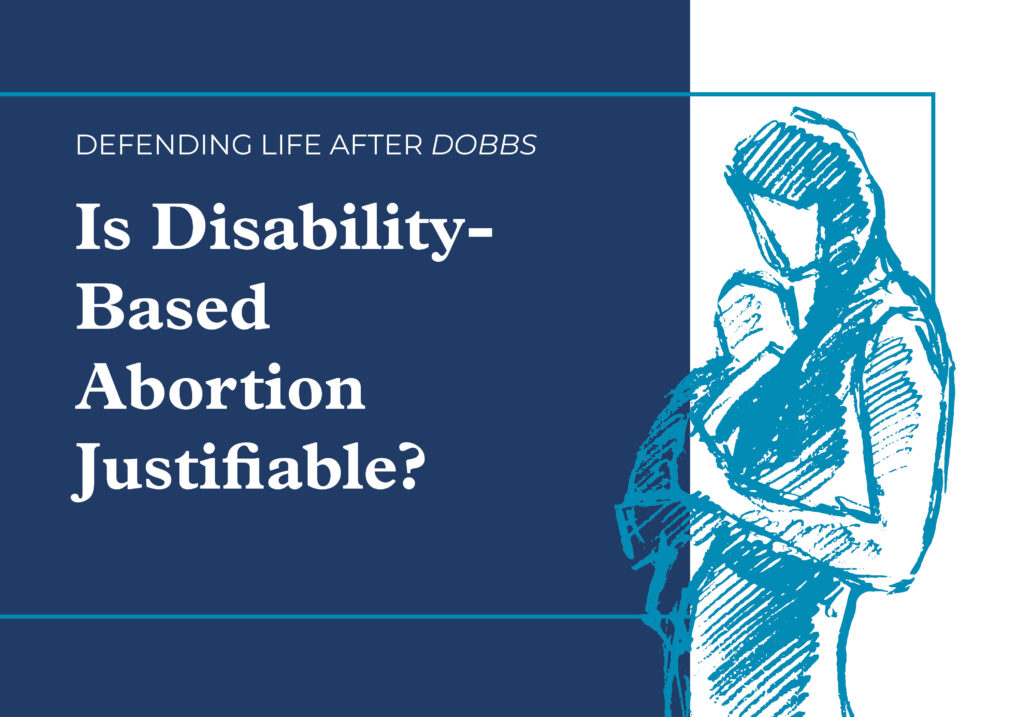
Published July 19, 2023
By the early twentieth century, eugenics was “the conventional wisdom of the developed world.”1 Its birthplace was Britain: Charles Darwin’s cousin, Victorian polymath Francis Galton, coined the phrase “eugenics” in 1883. Inspired by The Origin of the Species, social Darwinists such as Galton believed that we should take control of human evolution by intentionally selecting for the “survival [and reproduction] of the fittest.”
Galton borrowed Darwin’s idea that some members of a population are naturally better suited in the struggle for existence and applied it to the considerable differences between the intellectual capacities of various members of the human population.2 Adamant that intelligence was innate rather than influenced by environmental factors such as education, Galton insisted that society should encourage selective breeding. This meant advocating both “positive” eugenics—incentivizing “judicious mating” between “eminent” men and women—as well as “negative” eugenics—eliminating those of “inferior” stock, or at least, preventing them from reproducing.
The concept of eugenics may have originated in Britain, but it was in America that eugenic policies were first enacted. Beginning with Indiana in 1907, mandatory sterilization laws were passed in 27 states, preventing at least 60,000 men and women from procreating between 1927 and 1983. A typical list of dysgenic individuals targeted for this would include some combination of the “feeble-minded,” “insane,” “criminalistic,” “deformed,” “crippled,” “epileptic,” “inebriate,” “diseased,” “blind,” “deaf,” and “dependent (including orphans and paupers).”3 In the now infamous 1927 Buck v. Bell decision, the U.S. Supreme Court upheld a Virginia statute permitting the forced sterilization of the “feeble-minded” to protect the “health of the state” and “to prevent our being swamped with incompetence.” Writing for the Court, Justice Oliver Wendell Holmes, Jr. asserted that:
It is better for all the world, if instead of waiting to execute degenerate offspring for crime, or to let them starve for their imbecility, society can prevent those who are manifestly unfit from continuing their kind. The principle that sustains compulsory vaccination is broad enough to cover cutting the Fallopian tubes. Three generations of imbeciles are enough.4
Eugenic abortions in the United States followed, as Supreme Court Justice Clarence Thomas described in his concurring opinion in Box v. Planned Parenthood (2019), wherein he argued that the state has a compelling interest “in preventing abortion from becoming a tool of modern-day eugenics.”5 When describing the eugenic aims of Planned Parenthood’s founder Margaret Sanger, Thomas explained that “the use of abortion to achieve eugenic goals is not merely hypothetical” but was an historical reality in the U.S. For example, in her 1922 book Pivot of Civilization, Sanger makes the case for reducing the “ever increasing, unceasingly spawning class of human beings who never should have been born at all.”6
Whereas Sanger primarily advocated eugenic birth control, the future Planned Parenthood President Alan Guttmacher advocated abortion to advance eugenic aims.7 As Thomas noted, “The individualized nature of abortion gives it even more eugenic potential than birth control, which simply reduces the chance of conceiving any child.” Clearly, “eugenic abortion” is not a recently coined pro-life slur; it was a standard way of referring to and advocating for abortion until relatively recently.
Today, novel genetic and other prenatal-screening technologies have opened the door to selective abortion based on the diagnosis of a fetal anomaly or disability. Given the history of eugenic abortion in America, what are we to make of the now widespread practice of “selective” abortion? Does this constitute the revival of negative eugenics? Many defenders of genetic screening and prenatal diagnosis insist it does not. For example, historian of science Ruth Schwartz Cowan argues that while eugenicists of the past aimed at the improvement of the human race, the founders and advocates of prenatal genetic screening advance a different goal: the relief of human suffering.
But why should the use of a technological project such as genetic screening be wholly determined by the intentions of its inventors? Surely a technology can eventually become something other than what was initially intended. Contemporary Oxford University bioethicist Julian Savulescu, for example, advocates for eugenic selection of genetically screened embryos, with the concurrent destruction of “less fit” embryos—a proposal he euphemistically calls “procreative beneficence.”8
Another defense of selective abortion highlights the fact that, historically, eugenic projects were advanced by an interventionist state: the eugenicists mandated sterilization; they established eugenic courts; they set up public institutions segregating the “feeble-minded” by sex; they ensured government subsidies for large families. Advocates of selective abortion today, by contrast, have done none of this. Abortion decisions today are made by pregnant women, not mandated by the state.
At issue is the purpose and definition of eugenics. Does the elimination of those society deems “unfit” have to be state-sponsored to count as eugenics? Or can you have “liberal” eugenics, driven by consumer choice and influenced by soft social and economic pressures? A hypothetical question is revealing: Would Francis Galton have minded if it had been prophesied to him that the market (i.e., thousands of parents individually and freely choosing to abort their disabled newborns because they had internalized eugenic social norms) had delivered the same outcome that he assumed only the state could bring about? The answer must be “no.”9
Selective abortion for fetal anomalies is indeed eugenics under another name.
For further reading:
- James Mumford, The tragedy of selective abortion in Britain,” The Spectator, January 15, 2023, https://www.spectator.co.uk/article/the-tragedy-of-selective-abortion-in-britain/.
- Melinda Tankard Reist, Defiant Birth: Women Who Resist Medical Eugenics (Spinifex Press, 2006).
- Adam Cohen, Imbeciles: The Supreme Court, American Eugenics, and the Sterilization of Carrie Buck (New York: Penguin Press, 2016).
Endnotes:
- Fraser Nelson, The Return of Eugenics,” The Spectator, April 2, 2016, https://www.spectator.co.uk/article/the-return-of-eugenics.
- See the explanation of Galton’s project in Adam Rutherford, Control: The Dark History and Troubling Present of Eugenics (London: Wiedenfield & Nicolson, 2022), 42.
- Adam Cohen, Imbeciles: The Supreme Court, American Eugenics, and the Sterilization of Carrie Buck (New York: Penguin Press, 2016).
- Buck v. Bell, 274 U. S. 200.
- Box v. Planned Parenthood, 587 U. S. (2019). https://www.supremecourt.gov/opinions/18pdf/18-483_3d9g.pdf.
- Margaret Sanger, Pivot of Civilization (New York: Brentano’s, 1922), p. 187.
- To this day, the Guttmacher Institute—founded as the research arm of Planned Parenthood—receives funding from the Brush Foundation, whose central stated purpose includes “furtherance of research in the field of eugenics and the regulation of the increase in population.” cf. Hall, Theodore, Life in Our Hands: The Story of the Brush Foundation (Brush Foundation, 1946).
- Savulescu J. (2001). Procreative beneficence: why we should select the best children. Bioethics, 15(5-6), 413–426. https://doi.org/10.1111/1467-8519.00251.
- It is telling here that various disability organizations, many of them generally “pro-choice” have nonetheless protested the practice of disability-specific abortion, including the U.N.’s Committee on the Rights of Persons with Disabilities.












